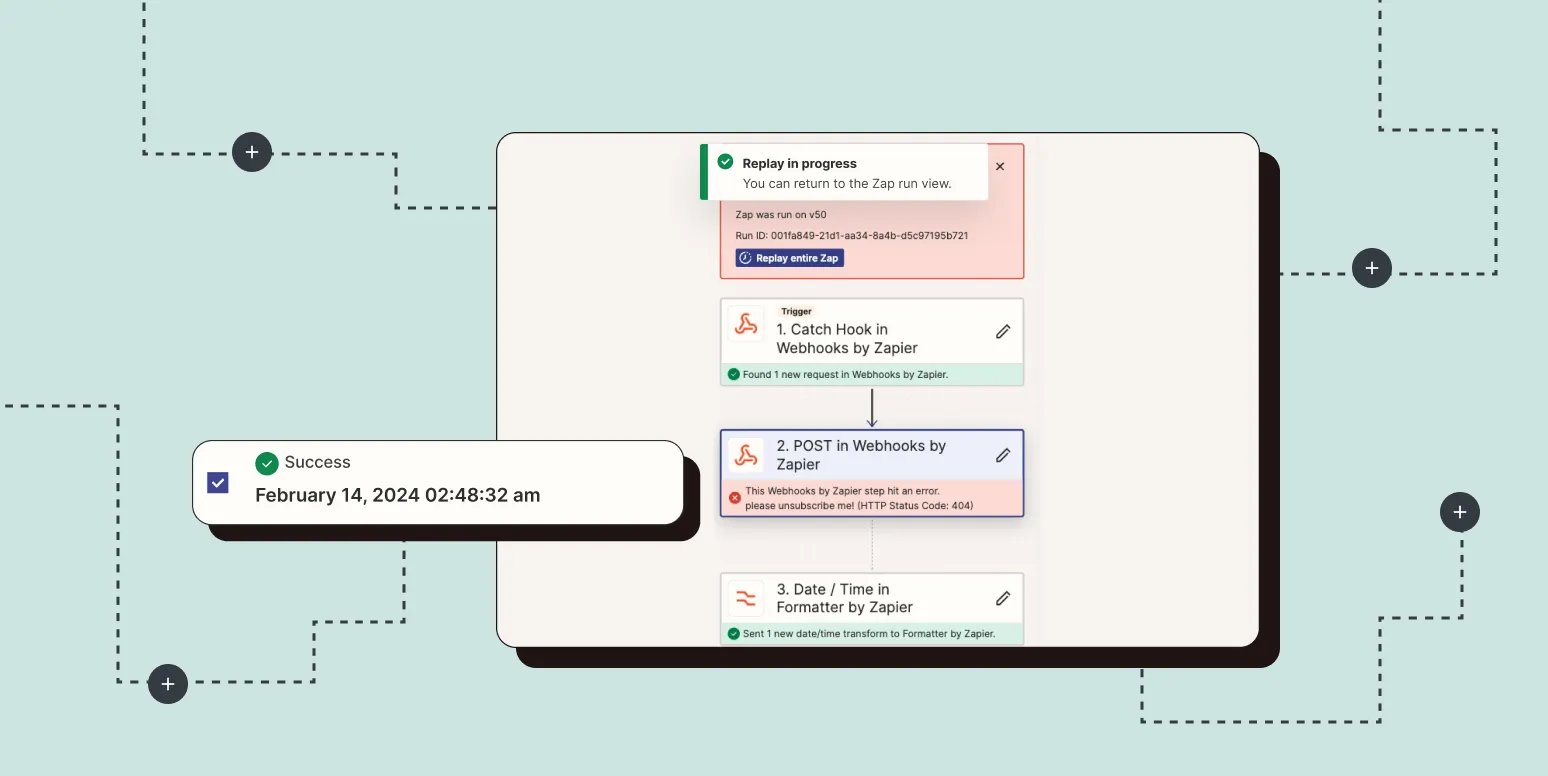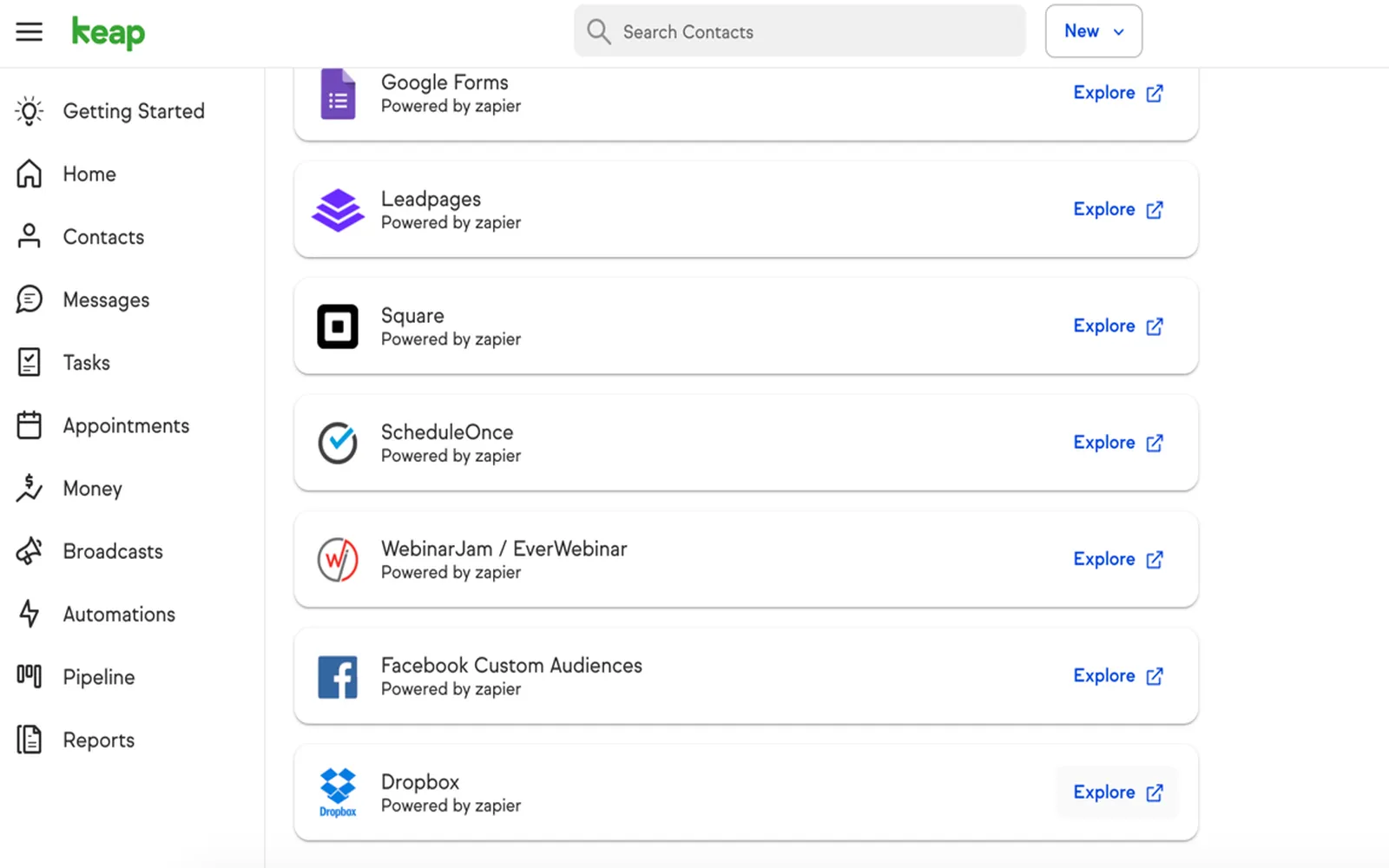When working with automation tools like Zapier, ensuring that your workflows run smoothly is crucial. If you encounter errors, the ability to replay full Zap runs can dramatically enhance your efficiency and save you time. In this article, we will explore the process of replaying Zap runs, how to knock out errors effectively, and discuss the importance of tracking your referrerAdCreative data.
Understanding Zap Runs
A Zap run refers to the execution of your automated process in Zapier. Each time a trigger occurs, a Zap run is initiated, performing the specified actions. However, errors can occur due to various reasons such as API changes, incorrect configurations, or connectivity issues. Knowing how to replay these runs can help you address these issues efficiently.
How to Replay Full Zap Runs
Replay functionality in Zapier allows you to rerun a Zap that encountered an error. Here’s a step-by-step guide on how to do it:
- Log into your Zapier account and navigate to the “Zaps” section.
- Select the specific Zap that has encountered an error.
- Access the “Task History” tab, where you can view all past Zap runs.
- Look for the run with the error. You will see a red error icon next to it.
- Click on the run to open the details, and then select the “Replay” button.
By following these steps, you can easily replay full Zap runs and ensure that your workflows are functioning as intended.
Knocking Out Errors
Addressing errors is an essential part of maintaining your Zaps. Here are some common errors and how to resolve them:
| Error Type | Possible Causes | Solutions |
|---|---|---|
| Connection Errors | API keys outdated or incorrect. | Update your API keys and test the connection. |
| Data Format Errors | Incorrect data types being sent. | Check the data being sent in the Zap and ensure it matches the expected format. |
| Timeout Errors | API response taking too long. | Optimize your Zap’s actions or check the API status for delays. |
By understanding the different types of errors and their causes, you can effectively knock them out and ensure your Zaps run smoothly. Regularly monitoring your Zaps and addressing errors promptly will enhance your automation experience.
The Role of referrerAdCreative in Zapier
Tracking referrerAdCreative data is vital for marketers looking to optimize their ad performance. This data helps in understanding which creatives are driving traffic and conversions. Integrating this information into your Zaps can enhance your marketing automation significantly. Here’s how you can incorporate this data into your Zaps:
- Create a trigger for new ad campaigns that include referrerAdCreative information.
- Set up actions to store this data into a spreadsheet or CRM for analysis.
- Use the data to trigger follow-up emails or additional marketing actions based on performance metrics.
By leveraging referrerAdCreative data, you can create a feedback loop that continuously improves your ad campaigns. This integration allows you to make data-driven decisions and optimize your marketing strategies effectively.
Best Practices for Managing Zap Runs
To maximize the effectiveness of your Zaps and minimize errors, consider the following best practices:
- Regularly Review Task History: Frequently check your Zap’s task history to identify any recurrent issues.
- Test Zaps Thoroughly: Before deploying a Zap, run multiple tests to ensure everything functions as expected.
- Keep Documentation Updated: Maintain clear documentation of your Zaps, including triggers and actions, to help troubleshoot issues quickly.
- Utilize Error Notifications: Set up notifications for errors to stay informed and address problems promptly.
Implementing these best practices will help you manage your Zap runs more effectively and ensure that your automation workflows are running smoothly.
Conclusion
Replaying full Zap runs and knocking out errors is a crucial aspect of maintaining effective automation in Zapier. By understanding how to address common errors and leveraging valuable data such as referrerAdCreative, you can enhance your marketing efforts and streamline your workflows. With the right strategies in place, you can ensure that your Zaps deliver the desired results consistently.





